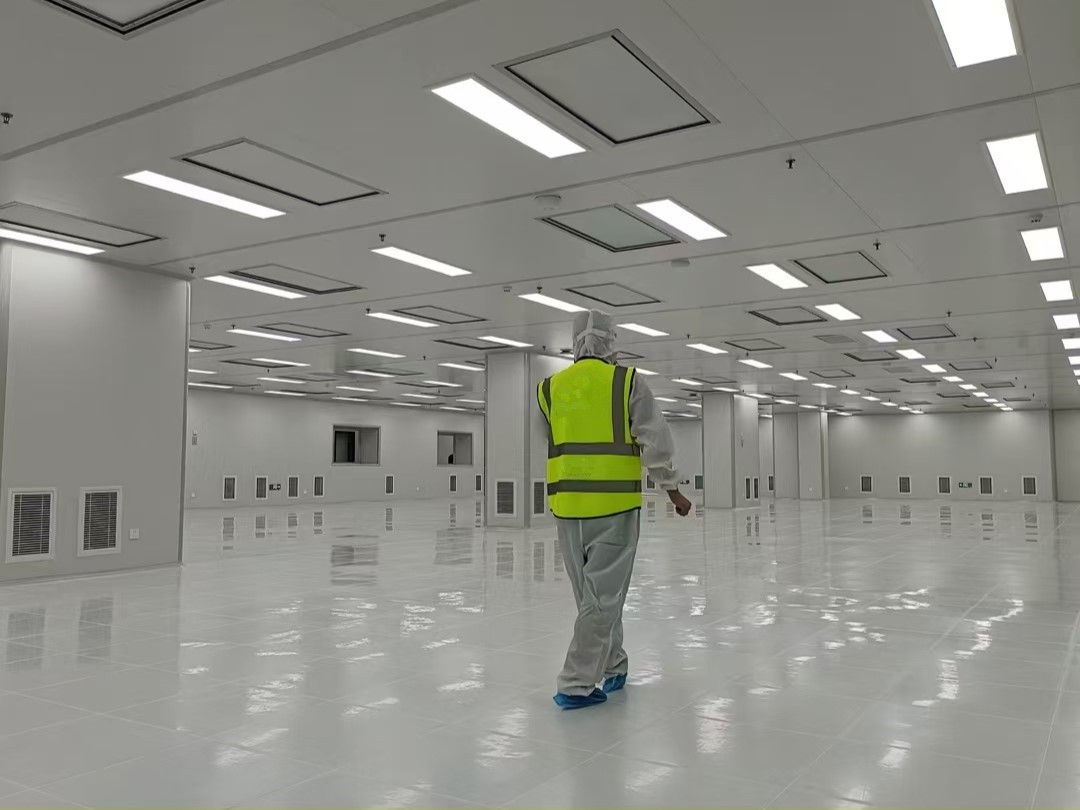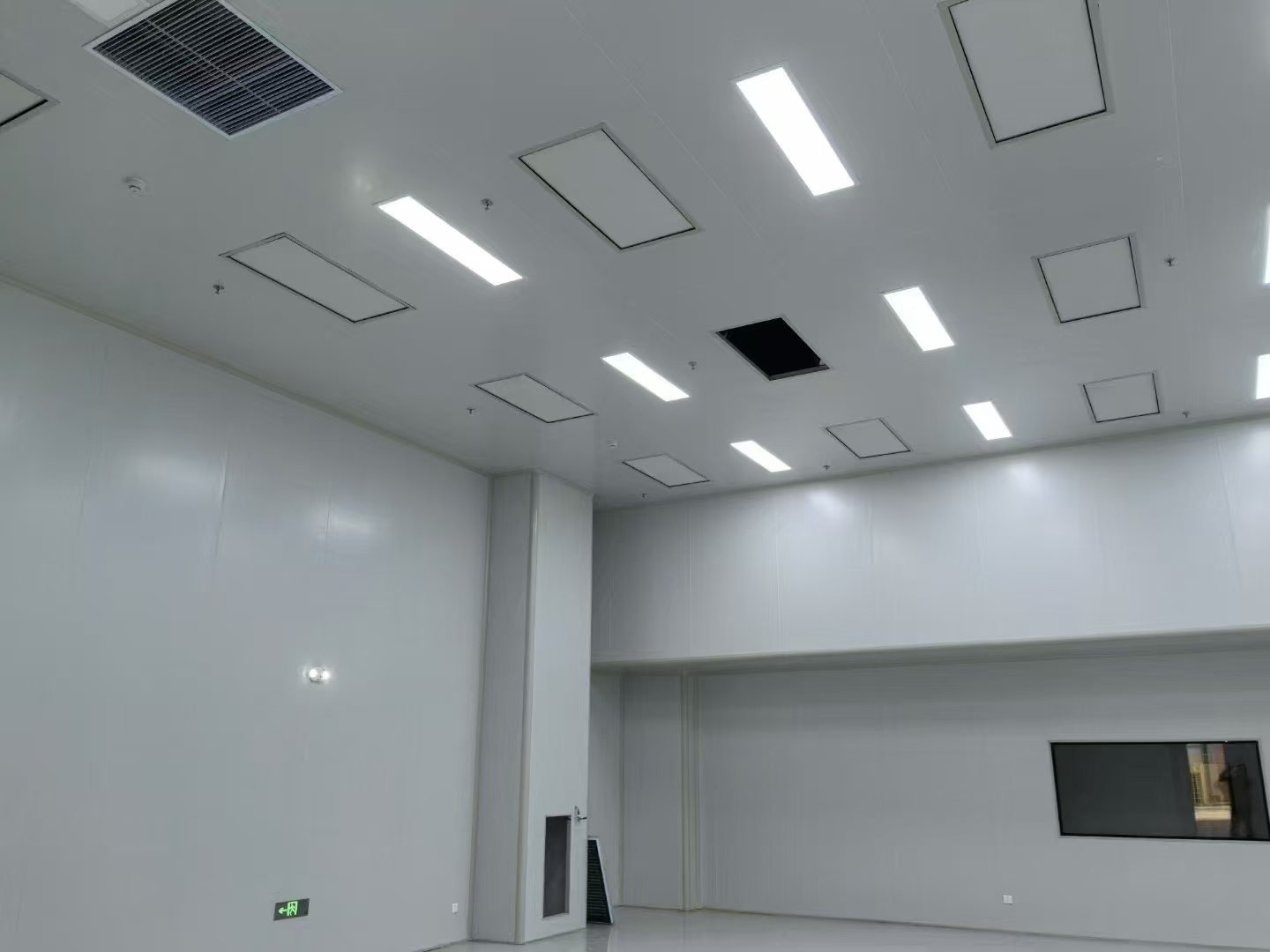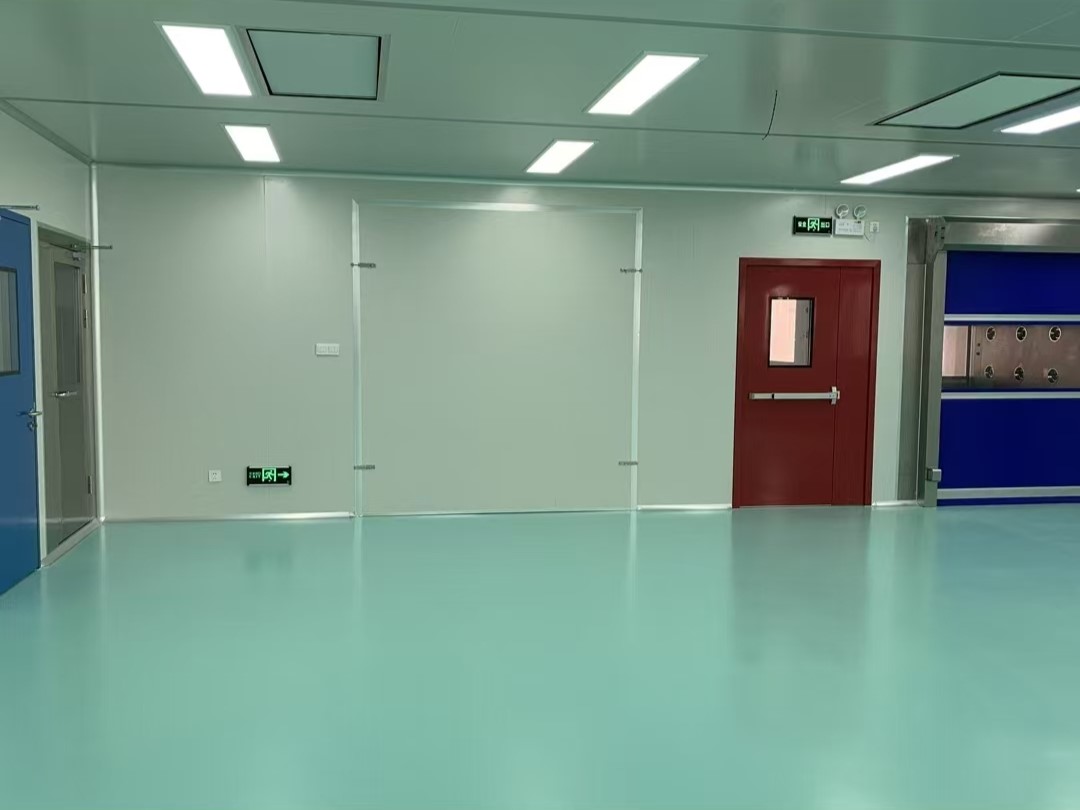



1. Introduction to hepa filter
As we all know, the pharmaceutical industry has extremely high requirements for hygiene and safety. If there is dust in the factory, it will cause pollution, health damage and explosion risks. Therefore, the use of hepa filters is indispensable. What are the standards for the use of hepa filters, replacement time, replacement parameters and indications? How should pharmaceutical workshops with high cleanliness requirements choose hepa filters? In pharmaceutical industry, hepa filters are terminal filters used for the treatment and filtration of air in production spaces. Aseptic production requires the mandatory use of hepa filters, and the production of solid and semi-solid dosage forms is sometimes used. The pharmaceutical clean room is different from other industrial clean rooms. The difference is that when aseptically producing preparations and raw materials, it is necessary not only to control the suspended particles in air, but also to control the number of microorganisms. Therefore, the air conditioning system in the pharmaceutical plant also has sterilization, sterilization, disinfection and other methods to control microorganisms within the scope of relevant regulations. The air filter uses porous filter materials to capture dust from the airflow, purify the air, and purify the dusty air and send it into the room to ensure the air cleanliness in the room. For pharmaceutical workshops with higher requirements, gel seal hepa filters are usually used for filtration. Gel seal hepa filters are mainly used to capture particles below 0.3μm. They have better sealing, high filtration efficiency, low flow resistance, and can be used for a long time to reduce the cost of later consumables, providing clean air for clean workshops of pharmaceutical companies. Hepa filters are generally leak tested before leaving the factory, but non-professionals need to pay more attention during handling and installation. Improper installation sometimes causes pollutants to leak from frame into clean room, so leak detection tests are usually performed after installation to confirm whether the filter material is damaged; whether the box is leaking; whether the filter is installed correctly. Regular inspections should also be carried out in later use to ensure that the filtration efficiency of the filter meets production requirements. Commonly used processes include mini pleat hepa filters, deep pleat hepa filters, gel seal hepa filters, etc., which achieve the purpose of cleanliness through air filtration and flow to filter out dust particles in the air. The load of the filter (layer) and the upstream and downstream pressure difference are also important. If the upstream and downstream pressure difference of the filter increases, the energy demand of the supply and exhaust air system will increase, so as to maintain the necessary number of air changes. The pressure difference between the upstream and downstream of such filters may increase the performance limit of the ventilation system.
2. Replacement standard
Whether it is a hepa filter installed at the end of the purification air conditioning unit or a hepa filter installed at hepa box, these must have accurate operation time records and cleanliness and air volume as the basis for replacement. For example, under normal use, the service life of the hepa filter can be more than one year. If the front-end protection is good, the service life of the hepa filter can be more than two years without any problem. Of course, this also depends on the quality of the hepa filter, or even longer. The hepa filter installed in the purification equipment, such as hepa filter in air shower, can have a service life of more than two years if the front-end primary filter is well protected; such as the hepa filter on clean bench, we can replace hepa filter through the prompt of the pressure differential gauge on the purification workbench. The hepa filter on the clean shed can determine the best time to replace the air filter through the detection air velocity of the hepa air filter. If it is hepa air filter on FFU fan filter unit, the hepa filter is replaced through the prompt in PLC control system or the prompt of the pressure differential gauge. The replacement conditions for hepa filters in pharmaceutical factories stipulated in the clean workshop design specifications are: the air flow velocity is reduced to the minimum limit, generally less than 0.35m/s; the resistance reaches 2 times the initial resistance value, and is generally set at 1.5 times by enterprises; if there is an unrepairable leakage, the repair points shall not exceed 3 points, and the total repair area shall not exceed 3%, and the repair area for a single point shall not be larger than 2cm*2cm. Some of our experienced air filter installers have summarized valuable experience, and here we will introduce hepa filters in pharmaceutical factories, hoping to help you grasp the best time to replace the air filter more accurately. When the pressure differential gauge shows that the air filter resistance reaches 2 to 3 times the initial resistance in air conditioning unit, the air filter should be maintained or replaced. In the absence of a differential pressure gauge, you can use the following simple two-part format to decide whether it needs to be replaced: observe the color of the filter material on the upper and lower wind sides of the air filter. If the color of the filter material on the air outlet side starts to turn black, you should prepare to replace it; touch the filter material on the air outlet side of the air filter with your hand. If there is a lot of dust on your hand, you should prepare to replace it; record the replacement status of the air filter many times and summarize the best replacement cycle; if the pressure difference between the clean room and the adjacent room drops significantly before the hepa air filter reaches the final resistance, it may be that the resistance of the primary and secondary filters is too large, and you should prepare to replace it; if the cleanliness in clean room does not meet the design requirements, or negative pressure occurs, and the primary and secondary efficiency air filters have not reached the replacement time, it may be that the resistance of the hepa filter is too large, and you should prepare to replace it.
3. Service life
Under normal use, the hepa filter in pharmaceutical factory is replaced once every 1 to 2 years (depending on the relative air quality in different regions), and this data is very different. Experience data can only be found in a specific project after the operation verification of the clean room, and the experience data suitable for clean room can only be provided for clean room air shower. Factors affecting the service life of hepa filters: (1). External factors: External environment. If there is a big road or roadside outside the clean room, there is a lot of dust, which will directly affect the use of hepa filters and their service life will be greatly reduced. (Therefore, site selection is very important) (2). The front and middle ends of the ventilation duct are usually equipped with primary and medium filters at the front and middle ends of the ventilation duct. The purpose is to better protect and utilize hepa filters, reduce the number of replacements, and reduce expenditure costs. If the front-end filtration is not handled properly, the service life of the hepa filter will also be shortened. If the primary and medium filters are directly removed, the service life of the hepa filter will be greatly shortened. Internal factors: As we all know, the effective filtration area of the hepa filter, that is, its dust holding capacity, directly affects the use of the hepa filter. Its use is inversely proportional to the effective filtration area. The larger the effective area, the smaller its resistance and the longer the service life. It is recommended to pay more attention to its effective filtration area and resistance when selecting hepa filters. Hepa filter deviation is inevitable. Whether it needs to be replaced shall be subject to on-site sampling and testing. Once the replacement standard is reached, it needs to be checked and replaced. Therefore, the empirical value of the filter life cannot be arbitrarily expanded in scope of application. If the system design is unreasonable, the fresh air treatment is not in place, and the clean room air shower dust control plan is unscientific, the service life of the pharmaceutical factory's hepa filter will definitely be short, and some even have to be replaced in less than a year. Related tests: (1). Pressure difference monitoring: When the pressure difference before and after the filter reaches the set value, it usually indicates that it needs to be replaced; (2). Service life: Refer to the rated service life of the filter, but also judge in combination with actual conditions; (3). Cleanliness change: If the air cleanliness in the workshop drops significantly, it may be that the filter performance has dropped and replacement needs to be considered; (4). Experience judgment: Make a comprehensive judgment based on previous usage experience and observation of the filter condition; (5). Check the physical damage of the medium, discoloration spots or stains, gasket gaps and discoloration or corrosion of the frame and screen; (6). Filter integrity test, leak test with a dust particle counter, and record the results as required.
Post time: Jun-23-2025

